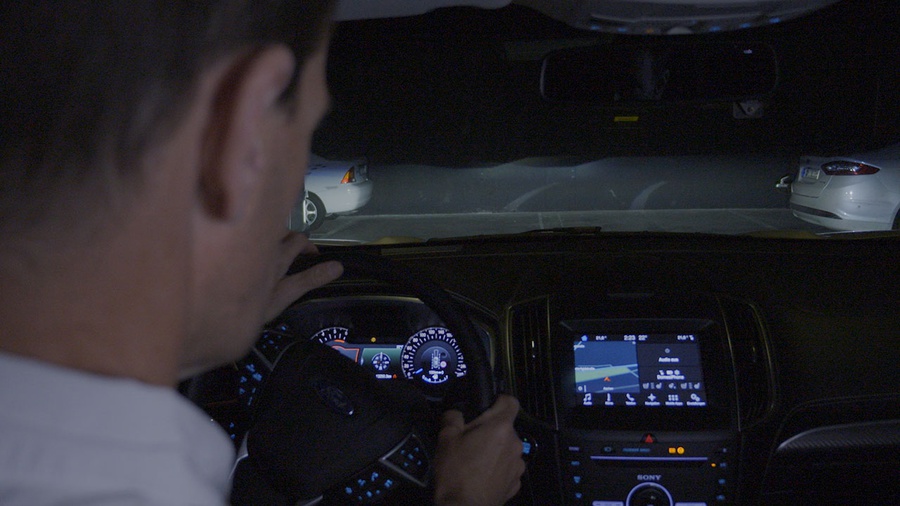Ford is committed to making night driving safer for car drivers and other road users. Therefore, new high-resolution headlights will be able to project, for example, a road crossing, if the existing markings are faded or indistinct. In addition, the headlights will be able to “draw” the direction of travel that the driver must follow in order to stay at a safe distance from the cyclist.
The technology can provide the driver with information about weather changes, such as snowfall, fog, or an icy road ahead. By connecting the headlights to the navigation system, upcoming turns could be displayed, and the width of the car could be projected onto the road, helping the driver judge whether the car would pass through an opening or into a parking space.
According to Ford's statistics, nighttime driving is more dangerous. In the UK, 40% of collisions occur in the dark, although there are far fewer people driving at this time than during the day. This risk increases every time the driver takes his eyes off the road. A car traveling at 90 km/h travels 25 meters per second, which means that even a brief glance at the navigation on the car screen can result in "driving blindly" ten meters or more. On an unlit road, this could potentially mean missing an important sign or turning.
In addition to Ford cars, cars from other manufacturers can also project symbols onto the road. In particular, Mercedes-Benz and Land Rover.
Source: Ford



